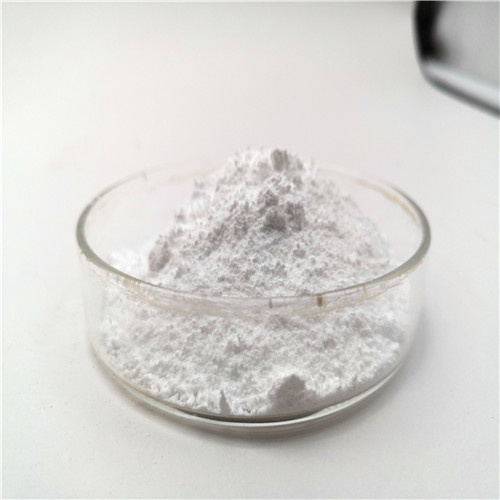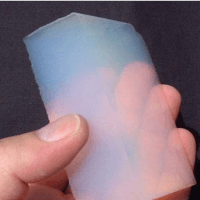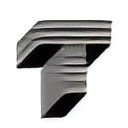Professional solutions on concrete addtives, Concrete Foaming Agent, Superplasticizer, CLC Blocks Additives, and foaming machine
(Mechanical Properties of Lightweight Foamed Concrete)
What is Lightweight Foamed Concrete
Foamed concrete is a cellular concrete class under lightweight concrete because it is a low-density concrete. Foamed concrete is a cementitious material formed by mechanically entraining foams into plastic mortar during the mixing stage with a minimum volume of 20%. Foamed concrete has characteristics related to its fluidity, low self-weight, and excellent thermal and sound insulation properties. For foamed concrete, foam volume added into plastic mortar is usually around 40%–80% out of the total volume, and the bubbles’ diameter typically varies from 0.1 to 0.15 mm. In terms of 28 days, the compressive strength and dry density of foamed concrete range from 1 to 10 N/mm2 and 400 to 1,600 kg/m3, respectively, where the compressive strength has increased exponentially in relation to the dry density. However, the results of strength and density vary with the mixed composition of base materials. To produce foamed concrete, cement, sand, water, and preformed foam are the base mix materials. The low-density property of this foamed concrete increased its popularity in the construction field as it helps in reducing the self-weight and size of structures, reducing cement usage, and thus reducing overall construction material cost. Besides this type of concrete is also known for its free-flowing but cohesive properties. It gives advantages in placing and finishing stages as foamed concrete does not need compaction and can easily be pumped to its desired destination to perform work like filling up small holes or flattening irregular surfaces. Other than that, foamed concrete’s texture surface, accompanied by its microstructural elements, improved some properties of concrete, for example, thermal insulation, sound absorption, and fire insulation.
Mechanical Properties of Lightweight Foamed Concrete
This project is conducted as an effort to solve the problems arising in the construction sector by producing new innovative, environmentally friendly, and greener concrete to solve the sustainability issue of construction materials. The main environmental problem generated by the production of cement is the heat generated, and mining activities heavily deplete natural materials every year. At the same time, the emission of carbon dioxide into the atmosphere increases carbon footprint. As for information, cement production itself is contributing 5% to the annual anthropogenic global carbon dioxide production, and the rapidly developing country of China alone is contributing 3%. Besides that, the ceramic tile industry has also created environmental issues, such as the ceramic tile wastes generated from manufacturing factories, construction sites, and building demolition projects, disposed of by the practice of landfilling, which creates land and water pollution. Ceramic wastes like ceramic floor tiles, ceramic wall tiles, brick wall debris, and ceramic utensils are major waste contributors in construction and demolition activity, which account for about 54% of waste. A high quantity of manufactured tiles, at 1.5 million tonnes of ceramic waste trashed out by manufacturers each year, is expected. Also, a report examined that out of the total ceramic materials being transported to the site, only 70% of the ceramic materials will be correctly used in the planned position; the remainder will turn into waste due to poor skills and inappropriate handling of the materials by laborers. Because both types of construction materials have a great negative impact on the environment, in the near future, it is projected that their combination, ceramic waste and cement, might reduce their negative impact on the environment, especially by reducing the carbon footprint.
Compressive toughness of the lightweight foamed concrete with ceramic tile powder as partial cement replacement material
In the past few years, ceramic tiles have been investigated experimentally by researchers to study their effects on concrete. In terms of workability, ceramic tile reduced the slump value. The reduction of workability was predicted to be caused by the high water absorption ability of tiles. Bhogilal and Jayantilal studied the self-compacting concrete (SCC) combined with ceramic waste powder from tiles as a partial replacement for cement with replacement levels of 0%, 10%, and 20%. The author found out that the slump value and compressive strength decreased with an increase in ceramic waste powder. Apart from that, ceramic waste powder was also used to prepare SCC and conventional concrete by El-Dieb et al. In their study, cement was slightly substituted by ceramic waste powder at varying levels of 0%, 10%, 20%, 30%, and 40% of the cement weight. Results were computed and discussed for the concrete with Grades M25 and M50. A significant reduction in the slump value as well as compressive strength of SCC with an increment in the quantity of ceramic waste powder was found. For ordinary Portland cement (OPC) replacement proportion in paver blocks, compressive strength was found to be optimum at 30%. For coarse aggregate replacement proportion, compressive strength was found to be optimum at 25%. Mohan et al. (2018) recommended that 25% clay tile chip replacement for coarse aggregate is the best proportion since the reduction in strength is the smallest compared to other proportions, which had around a 9% drop in value. Also, the modulus of elasticity has an inverse relation with the weight percentage of the clay tile chips added. By comparing the result of the full replacement specimen with the non-replacement specimen, a drop in modulus elasticity was found with a value of 58%. For fine aggregate replacement proportion, compressive strength was found to be optimum at 5%. From the above literature, it is found that studies for ceramic waste powder as partial cement replacement material in lightweight foamed concrete are still lacking and limited.
Price of Lightweight Foamed Concrete
Lightweight Foamed Concrete particle size and purity will affect the product's Price, and the purchase volume can also affect the cost of Lightweight Foamed Concrete. A large amount of large amount will be lower. The Price of Lightweight Foamed Concrete is on our company's official website.
Lightweight Foamed Concrete supplier
If you are looking for high-quality Lightweight Foamed Concrete, please feel free to contact us and send an inquiry. (sales@cabr-concrete.com). We accept payment via Credit Card, T/T, West Union, and Paypal. TRUNNANO will ship the goods to customers overseas through FedEx, DHL, by air, or by sea.
(Mechanical Properties of Lightweight Foamed Concrete)







